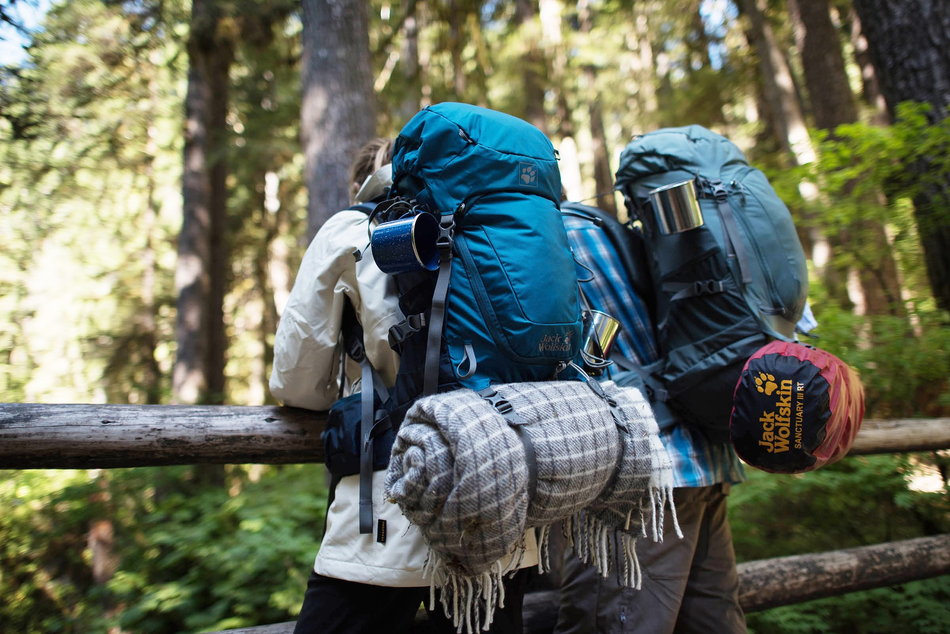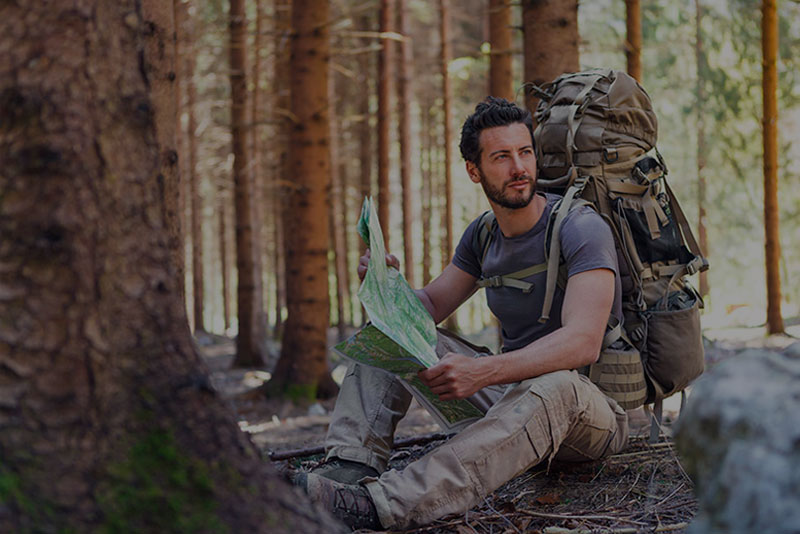Every now and then, everybody embarks on a journey on different terrain. Whether it is on a rocky mountain, a deep forest, or barren soil, people need to be prepared in case supplies or resources come to a halt.
Every type of environment has its own difficulties, different resources, and a variety of hazards that may complicate things throughout the journey.
Emergency situations during these kinds of expeditions are something not to be overlooked. Having the knowledge of what to pack in a survival backpack may save your life or avoid putting yourself in harm.
Being prepared for every situation and having information beforehand is a must for anyone who has a challenging journey planned up ahead on their calendar and must be taken seriously.
There are many factors that are key for every aspect of the journey. The environment is composed of different elements that require a variety of equipment essential for overall safety.

What to Pack in a Survival Backpack?
The primary essential supplies that you will need are:
- Water supply
- Food
- Flashlight
- Durable backpack
- First aid/medical kit
- Survival knife
- Compass
- Sleeping bag or tent
Other things that you’ll need are ration packages, a Swiss army knife, extra batteries, a radio, a map of the designated area, multi-purpose tools, medical supplies, a blanket, waterproof matches, and duct tape.
Basic rules
There are some priorities when it comes to surviving in the wilderness, and they’re known as “the rule of threes”. Simply put, the rule of threes is how long you can survive without the four fundamental things.
Keep in mind that these numbers are average, and they might vary from one person to another. This is a simple guide for you to know what to focus on in case you come across an obstacle.
- The first and most important and essential is air; an average human can survive about three minutes without air.
- Second is shelter; without shelter in extreme conditions, the average person can last about three hours.
- The third essential is water. Without water, you can survive approximately three days. It is best for you to rationalize your water supply, so you don’t have to struggle.
- The final essential is food. It may seem too much, but the average human can survive about three weeks without food.
Water supply
As we have previously mentioned, water is one of the essential survival elements, which you can’t bear longer than three days without.
It is key to mention that you must pack enough water supply for your predicted journey. Even if you find natural water resources, a smart move would be to pack enough for the worst-case scenario.
Food
Food is not only an important essential, but food will also be your main source of energy to keep you going throughout your trip.
If you want to avoid hunting for food which might be a headache for the average human, pack enough food and be mindful of it throughout your travels.
Also, the ration packages will come in handy in case you run out of food.
Flashlight
A flashlight will be a good source of light when the night comes or provide you with visibility throughout some darker trails.
Durable backpack
You want your backpack to be durable and sturdy through tough trails since it will be carrying all of your needed supplies.
Nobody wants their backpack ripping mid-journey and losing some valuable supplies.
Related: What Do You Need in a Survival Backpack?

First aid/medical kit
Although you might have everything planned ahead, things tend to go sideways when you least expect them, and you can’t predict an unwanted injury or a sudden sickness.
For this scenario, the first aid kit will provide you with all the supplies you need to heal a wound, treat an injury, or overcome an unfortunate illness.
Survival knife
The survival knife will serve you great protection against unwanted predators or some threatening wildlife.
Moreover, it will help you overcome difficult terrain, cut down branches in case you need to build shelter or fire, and remove any vines or plants that might be blocking your way.
In this category, we can also mention the Swiss army knife, which might come in handy in different situations, like opening a can of tuna, opening a bottle, cutting through bandages, etc.
Extra batteries
Packing extra batteries is essential because many supplies rely on them, for example, your radio, flashlight, and many other electronics.
Map of the designated area
It is important to have precise guidance of your designated area in which you plan on going in order to have orientation throughout your journey and not end up getting lost.
The map will provide you with information about the terrain, the trails, and the obstacles that you will be taking on.
Blanket
Keeping yourself warm at night or when you are sleeping is vital if you want to avoid catching a cold or any unwanted illness. Also, the blanket will keep you dry in case you get wet during your travels.
Compass
A compass is an essential tool for anyone who is going on a challenging adventure. The compass will provide you with basic navigation, cardinal directions, and geographic coordination.
Waterproof matches
Building a fire is a must if you plan to warm up or cook food, keep yourself warm in cold conditions, and scare away unwanted wildlife.
To do so, you will need matches to start the fire; having waterproof matches is a big plus, giving you the opportunity to light a fire in the harshest conditions.
Duct tape
Duct tape will provide you with a quick fix or might be the perfect tool for building something. This supply will be handy for you in many situations, like building a shelter, fixing a broken tent, etc.
Also read: What Does EDC Knife Mean?
Sleeping bag or tent
Finally, one of the most crucial supplies is the sleeping bag and the tent. If your journey is going to last several days, it is very important to pack a tent and a sleeping bag.
When it gets dark, you need shelter to rest for the night. To avoid building a shelter from wood and sticks, you can save yourself the hassle by packing a compact tent and a sleeping bag.
Getting a good night’s sleep and restoring your energy throughout your journey is a must if you want it to be successful.
Now that you know what to pack in a survival backpack, you can plan your upcoming journey more efficiently and be prepared for the worst-case scenario.
